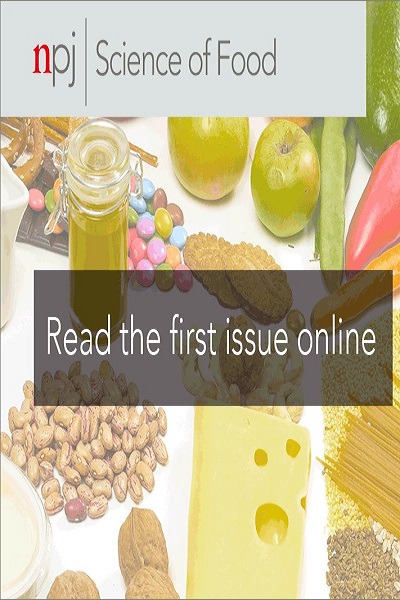Monitoring Indian “Superfood” Moringa oleifera Lam. – species-specific PCR-fingerprint-based authentication for more consumer safety
IF 6.3
1区 农林科学
Q1 FOOD SCIENCE & TECHNOLOGY
引用次数: 0
Abstract
Moringa oleifera Lam. has become one of the major new superfoods commonly available in the aisles of bio-shops and health-food sections in supermarkets of North America and Europe. While most of these products appear under the generic and scientifically inconclusive term “Moringa”, the European Union, so far, has allowed commercialisation for the use in food and feed for M. oleifera only. M. oleifera is indigenous to India and South Asia, but large-scale cultivation of this species has spread to the tropical regions on all continents, with a strong focus on Africa, leading to a high risk of admixture with species like M. stenopetala (Baker f.) Cufod. that is native to Africa. In the present study, we have characterised six species of Moringa in order to develop a simple and robust authentication method for commercial products. While the plants can be discriminated based on the pinnation of the leaves, this does not work for processed samples. As alternative, we use the plastidic markers psbA-trnH igs and ycf1b to discern different species of Moringa and develop a diagnostic duplex-PCR that clearly differentiates M. oleifera from other Moringa species. This DNA-based diagnostic assay that does not rely on sequencing was validated with commercial products of “Moringa” (including teas, powders, or capsules). Our method provides a robust assay to detect adulterations, which are economically profitable for costly superfood products such as “Moringa”.

监测印度 "超级食品 "Moringa oleifera Lam.- 基于物种特异性 PCR 指纹鉴定,提高消费者安全
Moringa oleifera Lam.已成为北美和欧洲超市生物商店和健康食品区常见的主要新型超级食品之一。虽然这些产品中的大多数都使用了 "Moringa "这个在科学上没有定论的通用术语,但欧盟迄今为止只允许将油橄榄用于食品和饲料的商业化。M. oleifera 原产于印度和南亚,但该物种的大规模种植已蔓延到各大洲的热带地区,主要集中在非洲,导致与原产于非洲的 M. stenopetala (Baker f.) Cufod.等物种混种的高风险。在本研究中,我们对六种辣木进行了特征描述,以便为商业产品开发一种简单、可靠的鉴定方法。虽然可以根据叶片的羽状复叶来区分植物,但这对加工过的样品并不适用。作为替代方法,我们使用质体标记 psbA-trnH igs 和 ycf1b 来分辨辣木的不同种类,并开发了一种诊断性双链聚合酶链式反应(duplex-PCR),可明确区分 M. oleifera 和其他辣木种类。这种不依赖测序的基于 DNA 的诊断方法已通过 "Moringa "的商业产品(包括茶、粉末或胶囊)进行了验证。我们的方法为检测掺假提供了一种可靠的检测方法,而掺假对于像 "Moringa "这样成本高昂的超级食品来说是有利可图的。
本文章由计算机程序翻译,如有差异,请以英文原文为准。
求助全文
约1分钟内获得全文
求助全文
来源期刊

NPJ Science of Food
FOOD SCIENCE & TECHNOLOGY-
CiteScore
7.50
自引率
1.60%
发文量
53
期刊介绍:
npj Science of Food is an online-only and open access journal publishes high-quality, high-impact papers related to food safety, security, integrated production, processing and packaging, the changes and interactions of food components, and the influence on health and wellness properties of food. The journal will support fundamental studies that advance the science of food beyond the classic focus on processing, thereby addressing basic inquiries around food from the public and industry. It will also support research that might result in innovation of technologies and products that are public-friendly while promoting the United Nations sustainable development goals.
 求助内容:
求助内容: 应助结果提醒方式:
应助结果提醒方式:


